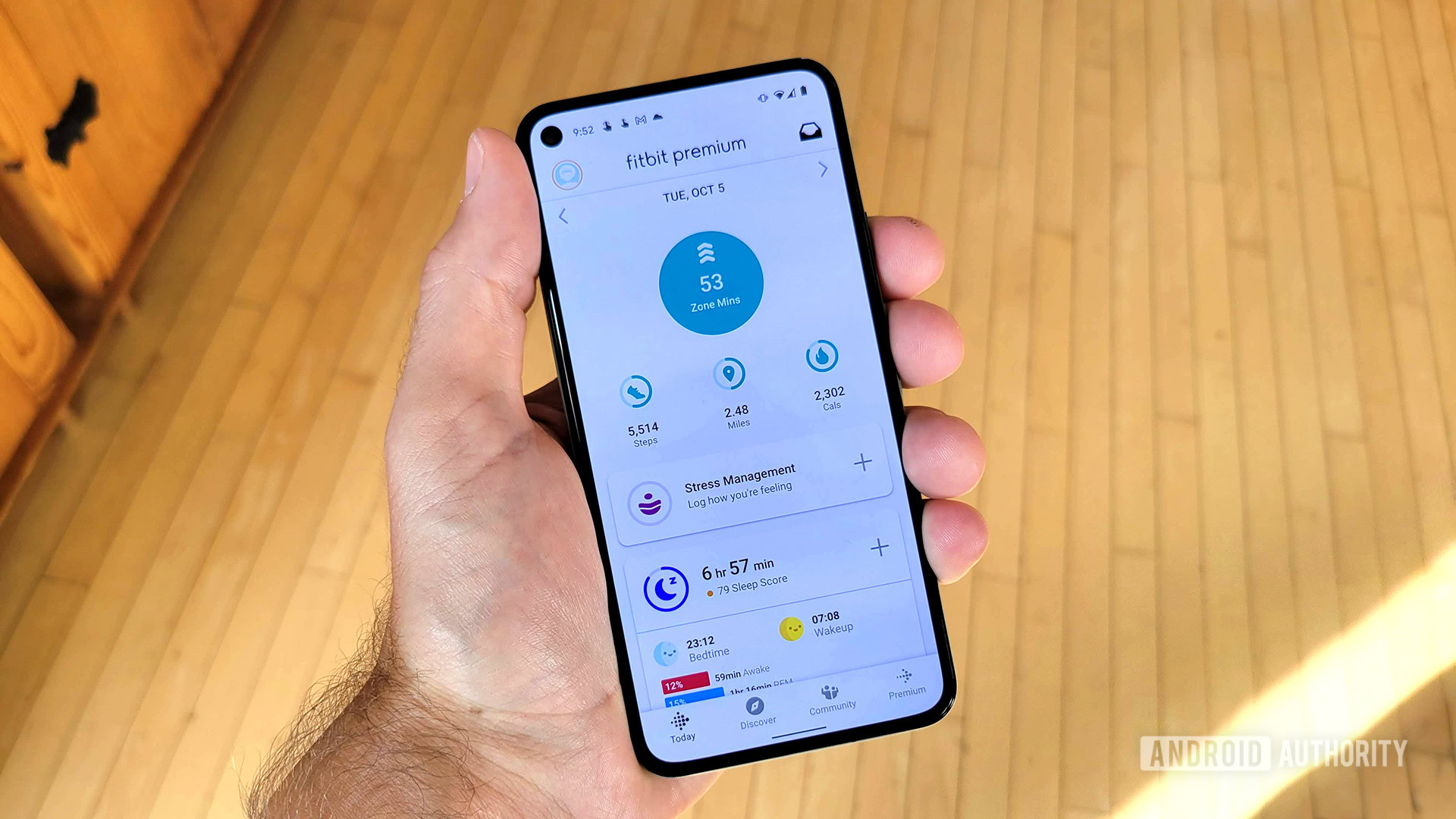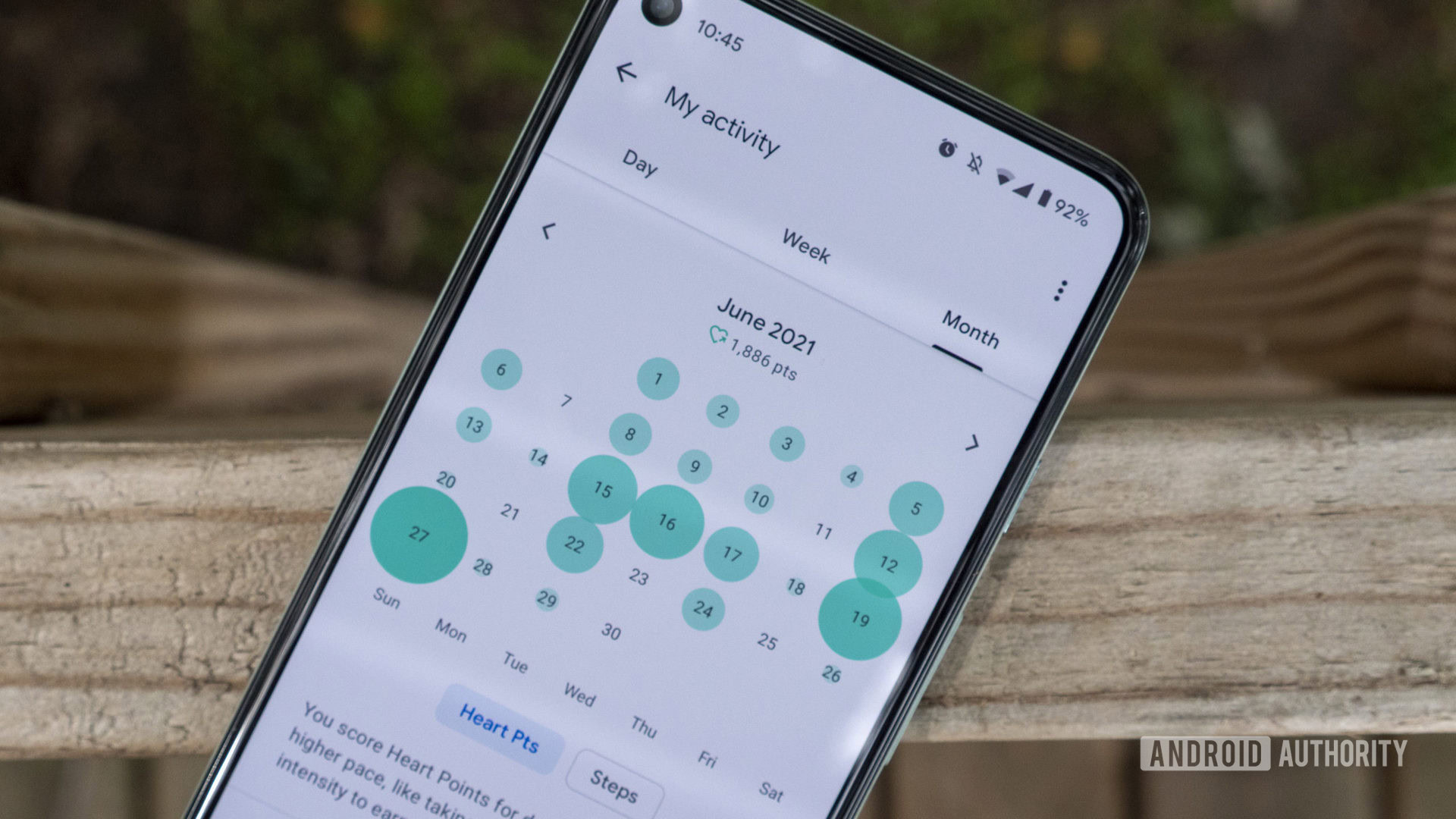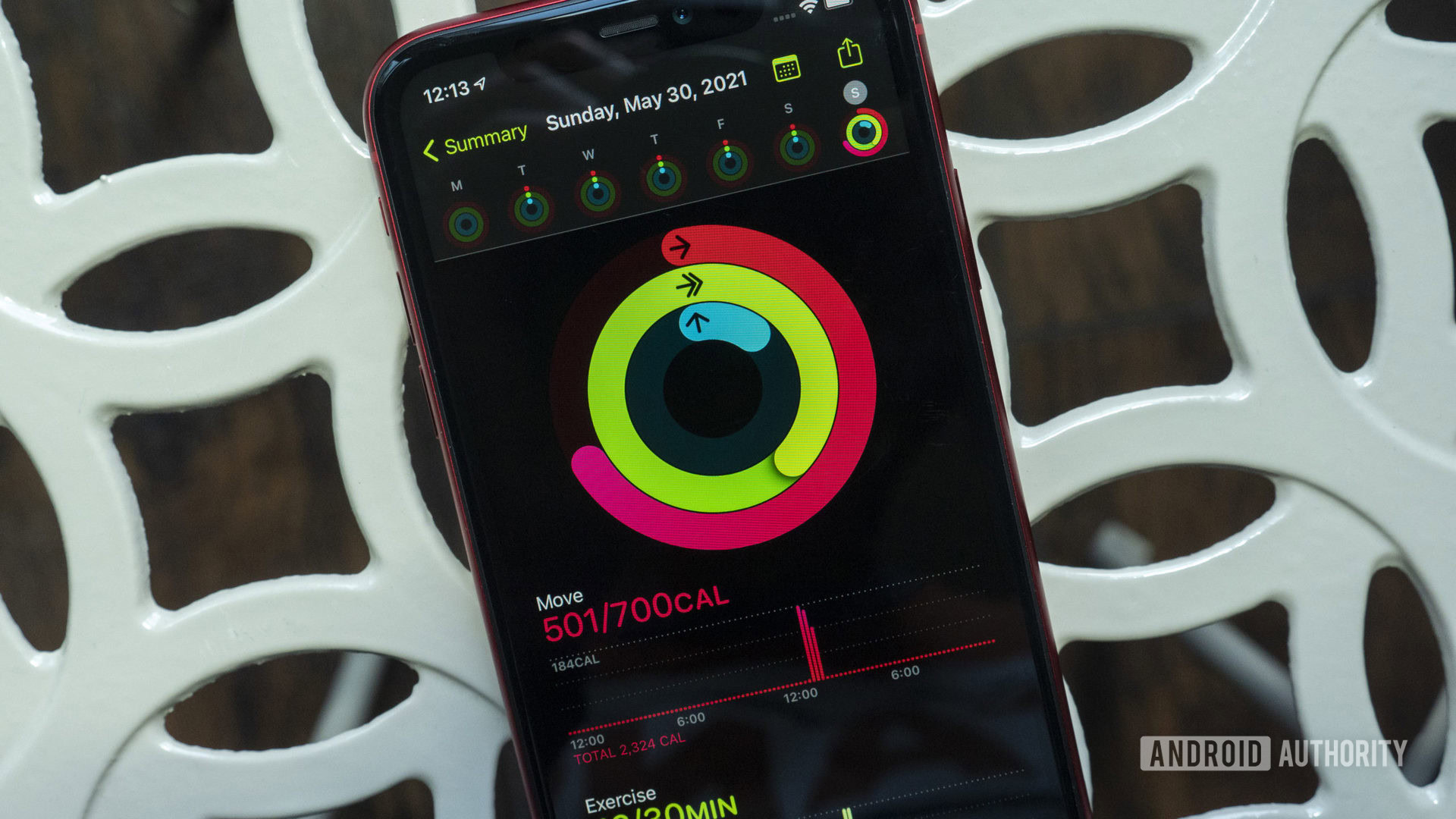Affiliate links on Android Authority may earn us a commission. Learn more.
Fitbit & Apple Fitness should stop chastising people for taking rest days

It’s no secret that the fitness tracking offered by Fitbit, Samsung, Google, Apple, and the like aims to help users begin and sustain their fitness journey, rather than turning them into a sprinter or a powerlifter. In this respect, their health platforms are pretty well-designed — you’ll regularly see people claiming that their Fitbit or Apple Watch helped them lose weight or gain a little muscle.
An industry-wide flaw, however, is the absence of rest days. There’s a nudge (or outright shove) to be active every day, which is admirable on the surface but can potentially create problems — whether you’re trying to burn fat or be a competitive athlete.
Related: The best fitness trackers
Rest days are important for health

People inevitably get sick or injured, and it feels unfair to be deprived of points, rings, and other achievements for that reason, or otherwise be told that you should be doing better. A 30-minute walk can be too much to handle if you’ve come down with the flu, never mind breaking a leg.
Arguably users should be rewarded for taking the time to heal. More realistically, it would be nice to flag sick/injured days in fitness apps, so you’re not criticized for them or robbed of a streak or award. Yes, some people would inevitably use this to cheat, but they’d only be harming themselves.
It feels unfair to be deprived of points and achievements to take an important rest day.
Once you get serious about fitness, rest days are necessary for recovery and muscle growth, which is well-recognized by athletes and organizations like the National Academy of Sports Medicine. For example, I do three full-body weightlifting workouts per week, each about two hours long with as much intensity as I can handle. I need a full day of rest between each session for optimal results. Whenever I’m forced to do two days back-to-back, it inevitably means being a little sorer and more fatigued going into the second workout, which can prevent me from breaking through plateaus.
Apps like Google Fit treat rest days as sub-optimal, though, to Google’s credit, it does at least reward you for weekly goals. That means I can cram my Heart Points into three days and still get positive feedback. Apple Fitness, conversely, encourages you to close your activity rings every day. If you miss a day, you automatically lose out on many awards regardless of whether you’re putting out Olympic levels of workout performance.
Daily activity goals can sometimes be discouraging or dangerous

As any veteran will tell you, the keys to success in fitness are persistence and discipline. If you want to run further, lift heavier, or nail every yoga pose, you have to drag yourself to every (scheduled) workout and keep pushing your limits. There’s a concept in weightlifting called progressive overload — to gain muscle, you have to increase the weight or reps you use whenever it’s practical to do so, even if it’s by the smallest amount.
To that end, daily activity goals can aid persistence and discipline, delivering feedback that promotes activity when it’s tempting to be lazy. But these goals can potentially be intimidating, too, suggesting that the only way to get fit is to exercise every day. Not only is that false, as myself and others can demonstrate, but it’s often impractical for people balancing their work and personal lives, and some exercise is always better than none. Heck, a person who gets comfortable walking three times a week might later find themselves inspired to train for bigger and better goals.
Goals are important, but it's not true that the only way to get fit is to exercise every day.
On the flip side, being too aggressive about daily goals can land someone in trouble. Since apps like Fitbit nudge users to top earlier performance or outdo their friends, there’s a risk of people pushing themselves too hard, too quickly, potentially leading to injury and setback in the form of overtraining. I’ve discovered this the hard way in the past, for instance, stressing my hip flexors to the point that I would seize up in immense pain. Past a certain threshold, even advanced athletes might not be able to top their personal bests without threatening their safety.
See also: Fitbit Premium review
Goal stats may not reflect your actual health

An irony of how digital platforms track health is that your metrics may not just flatten but actually decline a little once you’re fit enough. In other words, automated goals may not accurately reflect your needs or capabilities as your fitness improves or you change your routine.
This is partly why most platforms have stopped focusing on steps in favor of non-specific active minutes. Steps are easy to fake or miscalculate on a wrist-based device, and there are plenty of valid forms of exercise that don’t involve running or walking. Instead, active minutes are based on general motion, usually only when accompanied by elevated heart rate (HR) activity. It’s debatable how scientific this is — there are multiple research papers suggesting how variable fitness trackers can be — but as long as your own device’s measurements are calibrated and consistent, it offers a relative gauge of your performance. As a bonus, you automatically get credit for activities that weren’t meant to be workouts, like that time you helped your friend carry boxes to a new apartment.
As you become fitter and your conditioning improves, your fitness tracker might think you're slacking off.
The issue here is that as you improve your conditioning, your heart rate will lower for similar amounts of activity. If you’re already maximizing your workout efforts, conditioning can make a health platform think you’re slacking off. You’ll also see reduced minutes if you adopt more efficient workouts, say by doing barbell lifts instead of relying on single-muscle exercises. You’re taking less time without sacrificing output.
This is a real phenomenon — when I returned to the gym in March after two years of exercising at home, I was able to shrink the length of my workouts while dramatically increasing the amount of weight I was moving. In terms of daily goals, apps like Apple Fitness only cared about the first part, making their goal data irrelevant to how good a shape I was in.
If you own a fitness tracker or smartwatch, do you pay attention to your daily health goals?
What platform owners can do and what you can do

For platform holders, the answers are non-trivial but not a huge demand either. They can add those sick/injury day flags and ask users about planned rest days, if any, during profile setup. They might need to retool various awards or add new ones to support different behavior patterns, but it’s probably worth it if it makes customers feel better both physically and mentally.
That said, we the public can do something in the meantime — avoid putting much stock in daily goals. They have value in getting people active, but you can certainly get fit (or just healthy) without paying attention to them. Factors like calorie burn, HR variability, and blood oxygen are much more significant in that respect. It’s certainly worth buying a fitness tracker or smartwatch, as long as you keep the goals they push in perspective.
Read more: Which hardware features do you actually need on a fitness tracker?